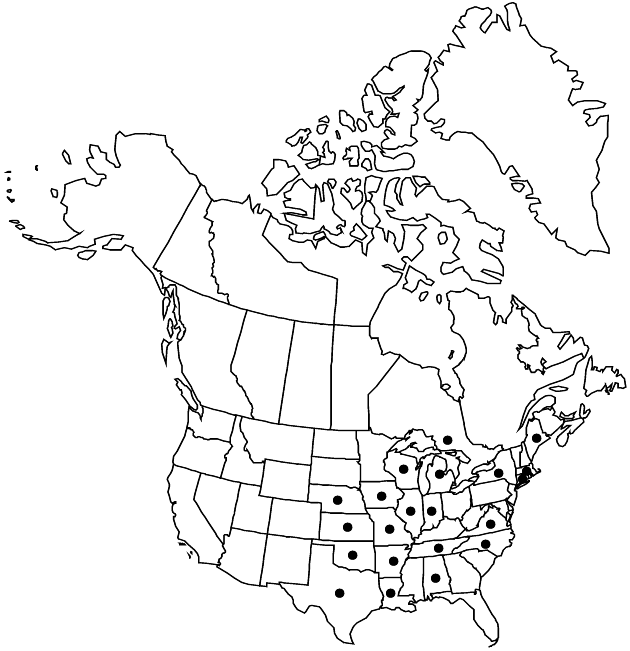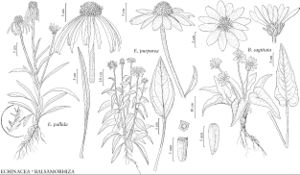Difference between revisions of "Echinacea pallida"
Trans. Amer. Philos. Soc., n. s. 7: 354. 1840.
FNA>Volume Importer |
FNA>Volume Importer |
||
| Line 8: | Line 8: | ||
}} | }} | ||
|common_names=Pale purple coneflower | |common_names=Pale purple coneflower | ||
| − | |basionyms={{Treatment/ID/ | + | |basionyms={{Treatment/ID/Basionym |
|name=Rudbeckia pallida | |name=Rudbeckia pallida | ||
|authority=Nuttall | |authority=Nuttall | ||
| + | |publication_title=J. Acad. Nat. Sci. Philadelphia | ||
| + | |publication_place=7: 77. 1834 | ||
}} | }} | ||
|synonyms= | |synonyms= | ||
| Line 51: | Line 53: | ||
|publication year=1840 | |publication year=1840 | ||
|special status= | |special status= | ||
| − | |source xml=https://jpend@bitbucket.org/aafc-mbb/fna-data-curation.git/src/ | + | |source xml=https://jpend@bitbucket.org/aafc-mbb/fna-data-curation.git/src/f6b125a955440c0872999024f038d74684f65921/coarse_grained_fna_xml/V19-20-21/V21_209.xml |
|tribe=Asteraceae tribe Heliantheae | |tribe=Asteraceae tribe Heliantheae | ||
|subtribe=Asteraceae (tribe Heliantheae) subtribe Ecliptinae | |subtribe=Asteraceae (tribe Heliantheae) subtribe Ecliptinae | ||
Revision as of 18:47, 24 September 2019
Plants to 140 cm (roots fusiform to narrowly turbinate, usually branched). Herbage sparsely to densely hairy (hairs spreading, ca. 1.5–1.7 mm). Stems green to purplish (rarely branched). Basal leaves: petioles 5–20+ cm; blades (1-), 3-, or 5-nerved, elliptic to lanceolate, 12–40 × 1–4 cm, bases cuneate to attenuate, margins entire (usually ciliate). Peduncles 15–50 cm. Phyllaries lanceolate to ovate, 7–15 × 1–3 mm. Receptacles: paleae 9–14 mm, tips purple, usually incurved, sharp-pointed. Ray corollas pink to reddish purple, laminae reflexed, 40–90 × 3–4 mm, sparsely hairy abaxially. Discs conic to hemispheric, 20–40 × 25–37 mm. Disc corollas 5.5–6.7 mm, lobes usually pink to purple (pollen usually white, rarely lemon yellow). Cypselae tan or bicolored, 2.5–5 mm, faces ± smooth, usually glabrous; pappi to ca. 1 mm (major teeth 0–4). 2n = 22.
Phenology: Flowering late spring–summer.
Habitat: Rocky prairies, open wooded hillsides, and glades
Elevation: 50–1500 m
Distribution

Ont., Ala., Ark., Conn., Ill., Ind., Iowa, Kans., La., Maine, Mass., Mich., Mo., Nebr., N.Y., N.C., Okla., Tenn., Tex., Va., Wis.
Discussion
Echinacea pallida is generally regarded as introduced in Connecticut, Georgia, Maine, Massachusetts, New York, North Carolina, and Virginia.
Selected References
None.
